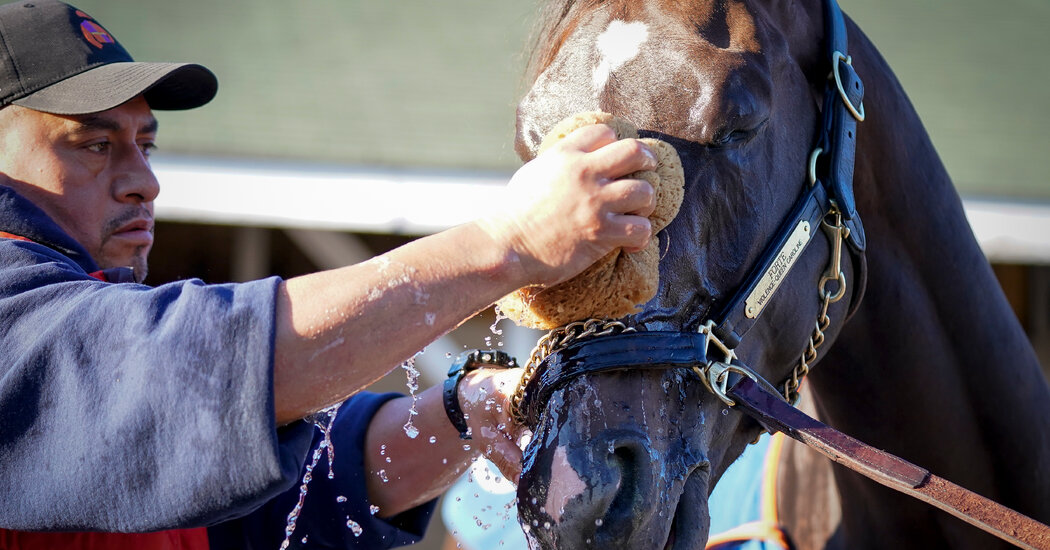24 Hours of Le Mans: 100 Years of Endurance and Innovation
This year marks the 100th anniversary of the 24 Hours of Le Mans, which was first held in May 1923 to help spur innovation in the growing automotive industry by emphasizing not just speed, but also efficiency, reliability and endurance.
“It is a very demanding race, and the greatest race,” said Tom Kristensen, who has won Le Mans a record nine times.
The Automobile Club de l’Ouest organized that first race, designing a course on public roads south of Le Mans that bisected forests and passed residential areas.
“It’s one of the biggest events on the calendar, up there with the Monaco Grand Prix, the Indianapolis 500, Daytona 500,” said Anthony Davidson, who has competed in the race 13 times. “Everyone has heard of Le Mans. It’s a race any generation can click with and understand.”
The circuit layout, which still uses public roads, has had only minor revisions, mostly for safety, and is usually held around midsummer for maximum daylight. Limits on driving time were gradually introduced, and now each car has three drivers.
To start the race, drivers used to run across the track and jump in their cars, but this practice was dropped in 1970. Companies have used Le Mans to test automotive innovations, like seatbelts. Twenty-five auto manufacturers have taken an overall Le Mans victory, with Porsche’s 19 wins the most.
It is the main race of the F.I.A. World Endurance Championship, which races all over the world.
“The cars we see in W.E.C. are very much designed just to win Le Mans,” Davidson said. “It’s every manufacturer’s sole goal to win that race. When it hits June, all the attention is on Le Mans, and it’s all you can think about racing-wise for a few months.”
The race starts on a Saturday afternoon and finishes a day later after almost 400 laps of the about 13-kilometer, or eight-mile, circuit.
“You’re constantly having to think of something,” Kristensen said. “You’re thinking about the driving, the setup, the race itself; it’s just enormous. The race is long, it’s hard, your pulse rate as a driver is running like you’re running a marathon.”
Drivers have to balance total commitment with a daylong focus.
“In Formula 1, it’s a maximum of two hours,” said Nico Hülkenberg, who won Le Mans in 2015. “It’s 24 hours. It’s a much longer-term game. You need to carefully choose risks; it’s more about getting through without incidents, staying alive. And you share a car with teammates: It’s not just about you.”
Adapting to developing conditions and battling fatigue are other elements. Participants will try to sleep but rarely for more than a couple of hours.
“You have to be good in all circumstances,” Davidson said, “at night when it’s colder, maybe in wet conditions, moments where the sun’s rising and setting, and you’re blinded with all the dirt on the windscreen.”
Spectators, many of whom camp for the week, play a large role in enhancing the event. About 244,000 people attended in 2022.
“When you arrive for the week and feel the whole buildup, that’s something: the history, the heritage,” said Kristensen, who said Le Mans was a “French institution” and “a motor-racing festival.”
Hülkenberg explained that he could “smell the barbecues” from the campsites while lapping in the evening.
Le Mans is also about heartbreak. Davidson, who broke two vertebrae in a crash in 2012, was part of the Toyota crew that led 2016’s race until a power failure near the finish. He has never won Le Mans.
“I’m not sure I’ll ever get over it,” he said. “It was mentally very scarring. As it unfolded, I remember saying to myself, ‘You’re going to have to be really kind to yourself over the next couple of days, because this is massive.’
“It was just awful. I know worse things happen in life, but when you’re an athlete and put your life and soul into it,” he said, pausing, “it could be a mountaineer climbing Everest and you get so close and you’re nearly there and your equipment fails, and you have to be brought down the mountain. When it’s taken away from you, it’s horrible and I wouldn’t wish it on anybody.”
Le Mans has had its darker moments. It was canceled in 1936 because of a strike in France and did not take place from 1940 to 1948 because of World War II and its aftermath. In 1955, 84 people were killed when a car crashed into the crowd. In total, 22 drivers have died in connection with the race, most recently in 2013.
As Le Mans enters its second century, Kristensen is sure the event will prosper.
“At the moment, it looks incredibly healthy; it has very good leadership,” he said of the race. “To have the manufacturers coming, and more for ’24 with Alpine, BMW, Lamborghini, it’s very interesting. There’s a big push from A.C.O. with hydrogen [power] — electric for 24 hours is a big challenge — but motorsport is the place where you bring in new technologies.”
“If you look at the whole history: disc brakes, windscreen wipers, seatbelts, it went into Le Mans during all this period,” he said, adding: “We had diesel technology, rearview mirrors, hybrid cars. In just the first 100 years, it developed quite a lot, and over 24 hours you can’t cheat it, you can’t make a shortcut. Le Mans will bite you.”


